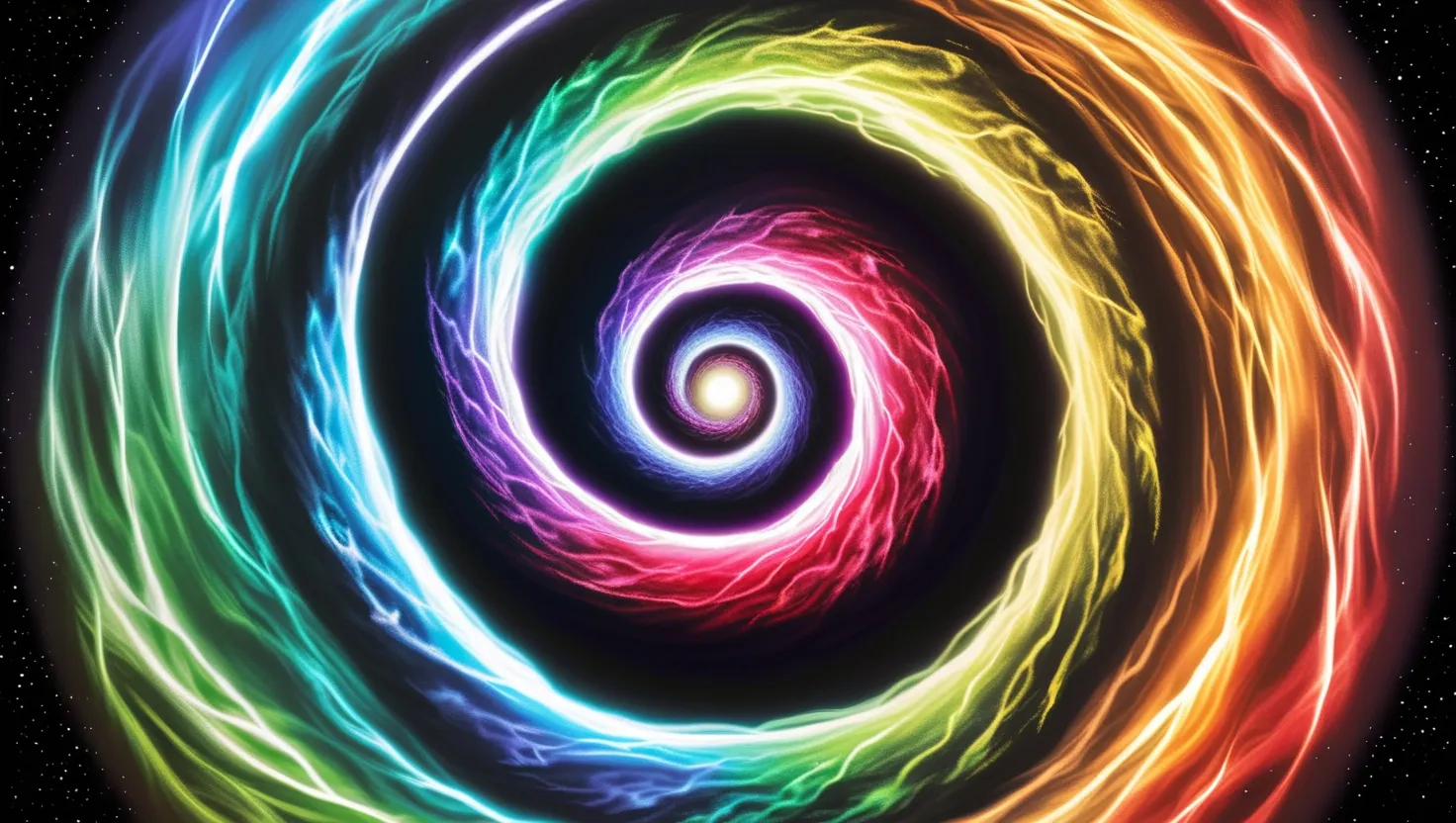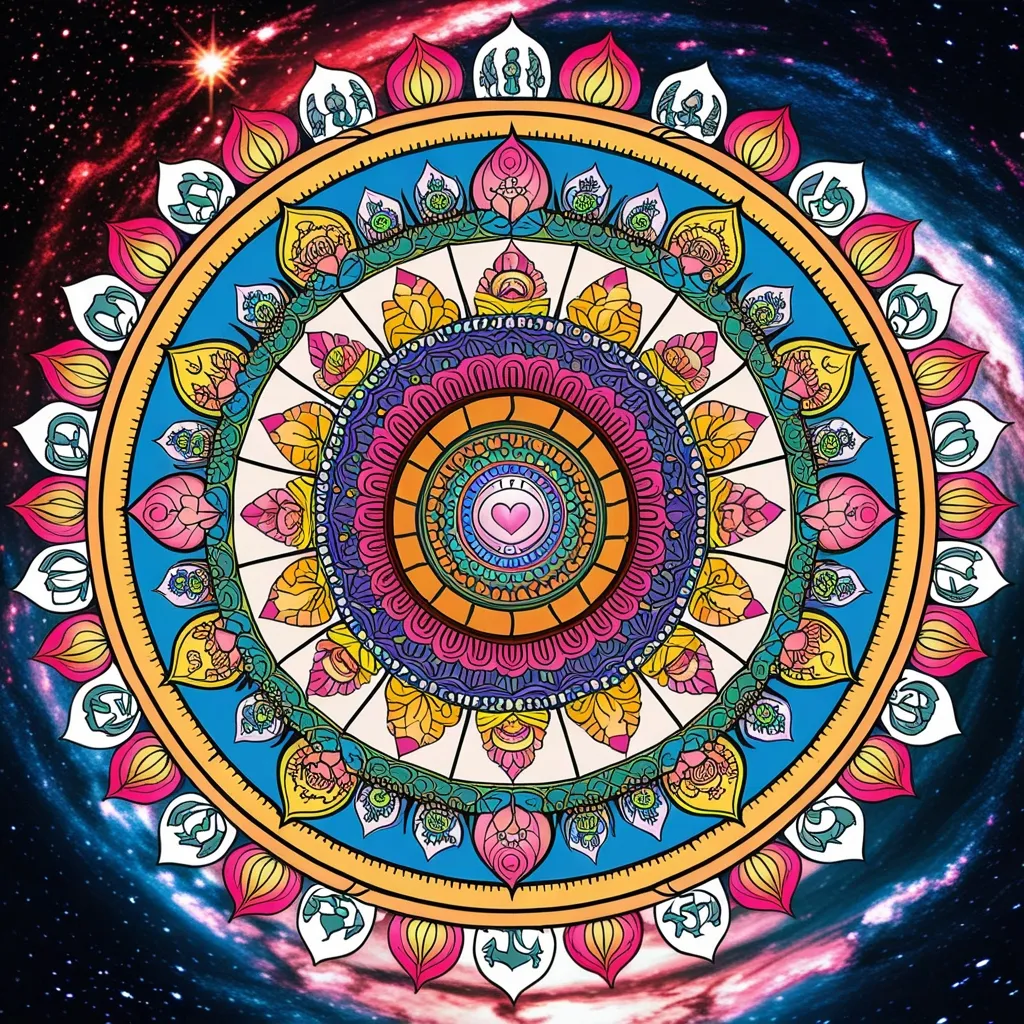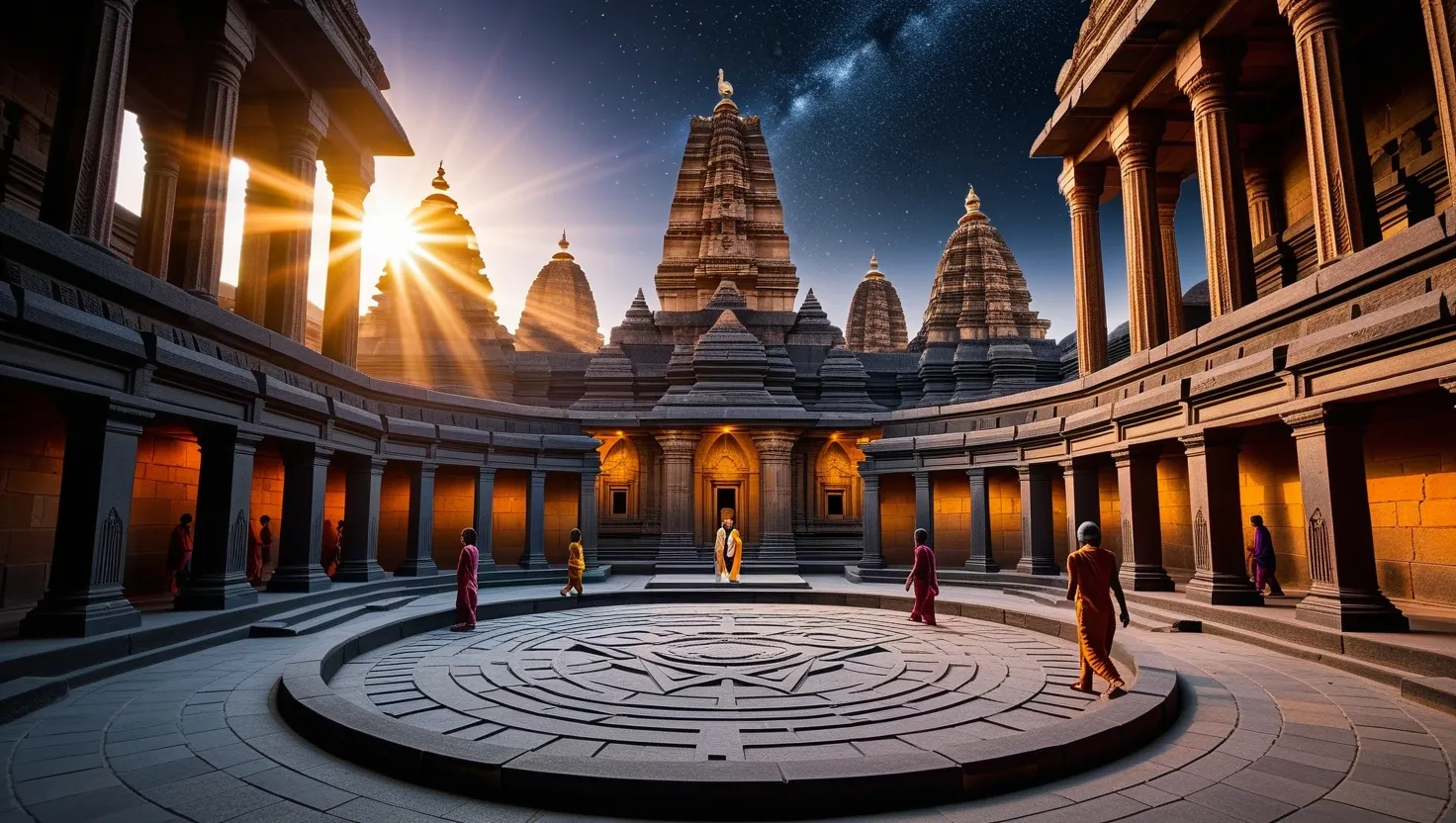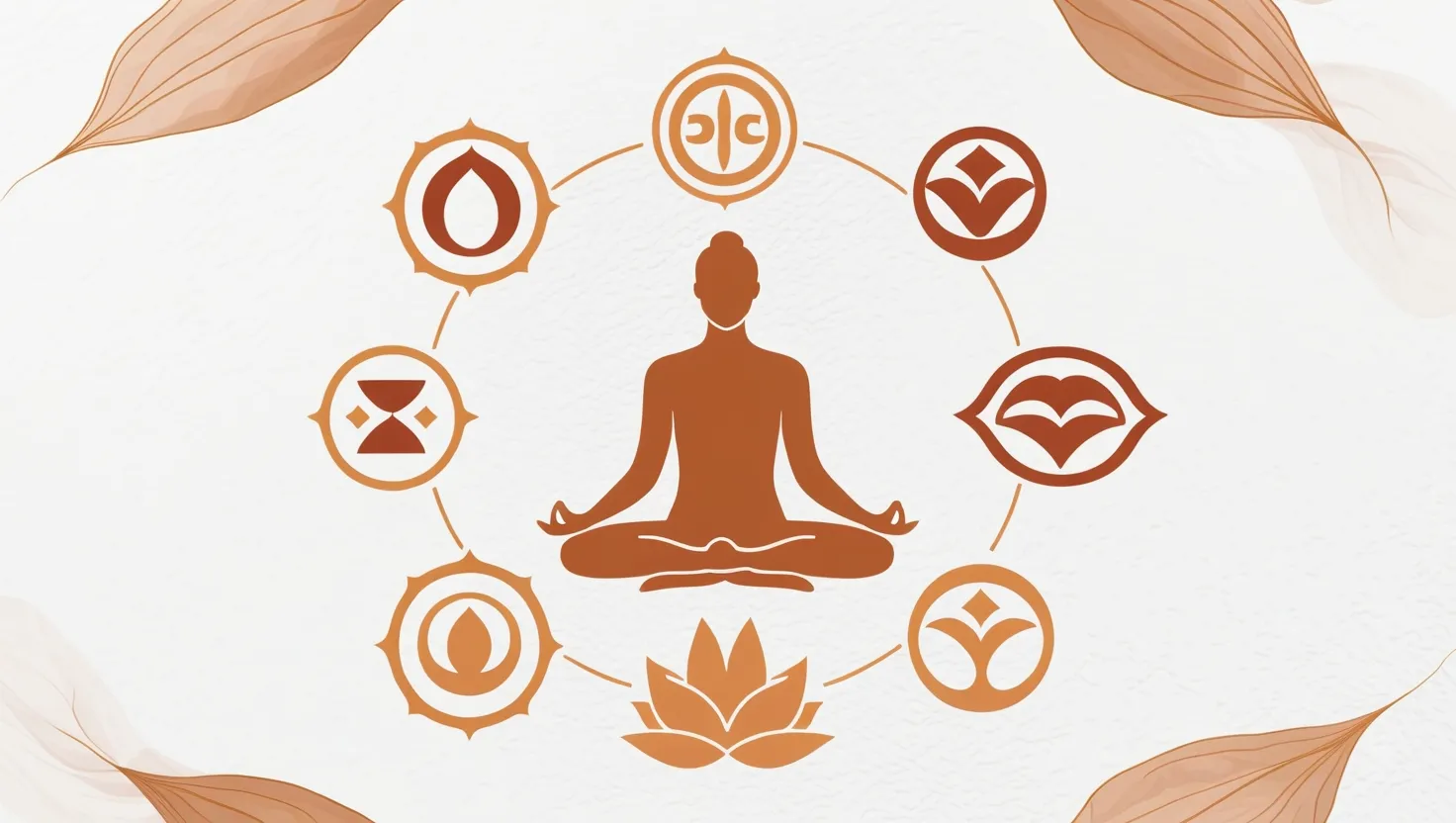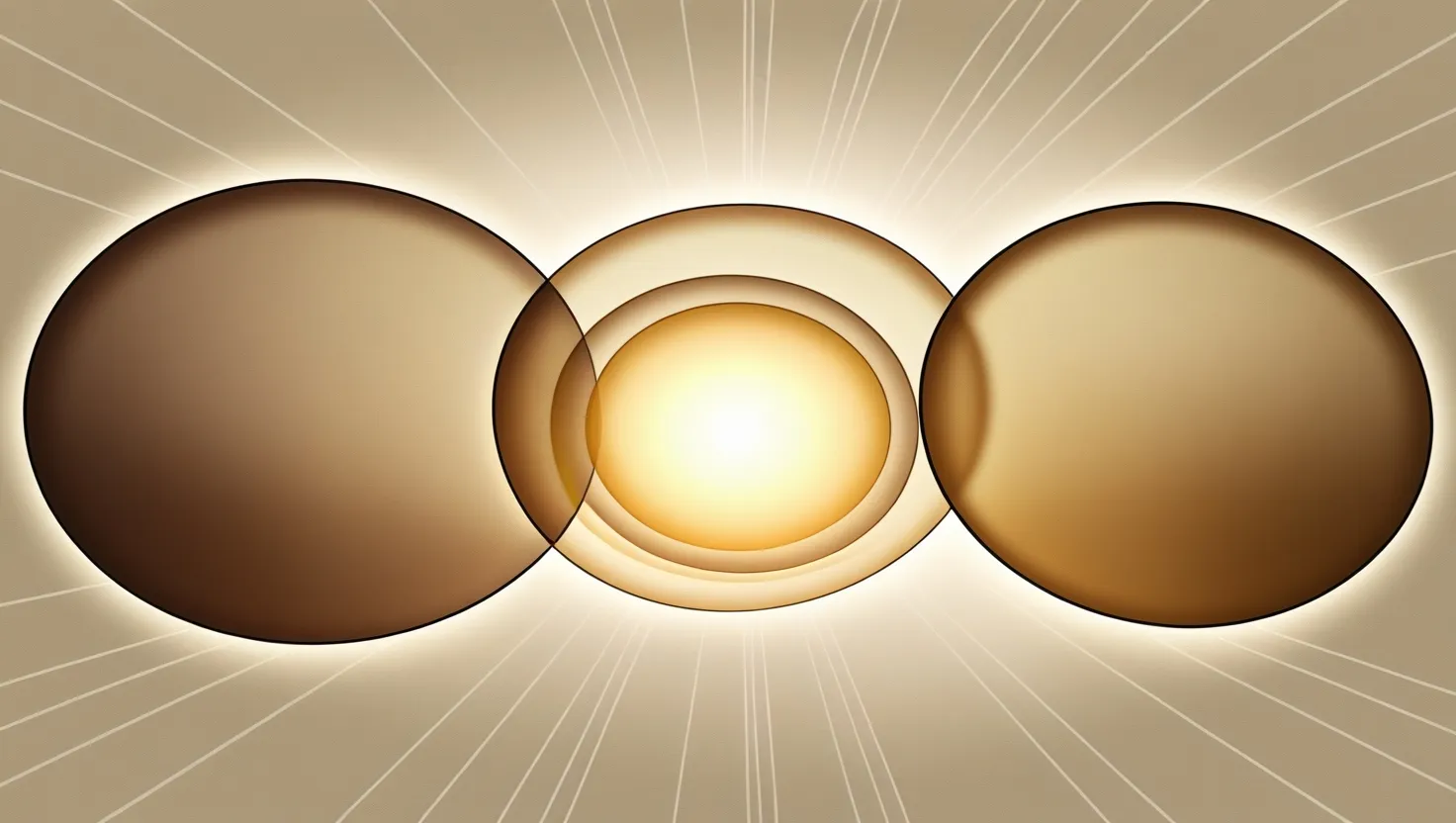In the vast and intricate landscape of Hinduism, there exists a lesser-known yet profoundly impactful school of thought within Kashmiri Shaivism known as Krama. This unique philosophy, often overshadowed by more popular Shaivite concepts, offers a sequential and dynamic approach to understanding reality, consciousness, and the very fabric of the universe.
To delve into Krama is to embark on a journey through the heart of tantric thought, where the cosmos is seen as a rhythmic sequence of manifestation and reabsorption. The term “Krama” itself means “step” or “sequence,” reflecting the gradual and phased nature of spiritual awakening and cosmic evolution. This philosophy is deeply rooted in ancient tantric texts and has been refined over centuries by the sages of Kashmir.
At its core, Krama is a monistic and nondualistic system that views the universe as an expression of a single, all-encompassing consciousness. This consciousness is often personified as the goddess Kali, the supreme divinity whose ultimate nature is formless and beyond human comprehension. Kali, in the Krama tradition, is not just a deity but the embodiment of the cosmic process itself – the Radiant Void, the Ground of Being, and the timeless Consciousness that projects and resorbs the universe within itself.
One of the distinctive features of Krama is its emphasis on the worship of Kali in a sequence of deity circles, or cakras, which represent successive phases of her operation in the cosmic process. These phases are seen as belonging to a single dynamic divine consciousness that is non-different from the practitioner’s own cyclical flow of awareness. This approach allows practitioners to contemplate and merge with Kali’s ultimate nature, transcending the limitations of the individual self.
The Krama system is also characterized by its intricate philosophical and mystical framework. It synthesizes elements from Shaiva philosophy, Shakta esotericism, and tantric concepts of life. This synthesis is evident in its treatment of epistemic and ontological matters, where the Absolute is understood through concepts such as Pāduka, Bhāsa, Kalana, and Krama. These concepts outline the progressive character of manifestations, logical thought constructions, and the six-fold yogic processes that correspond to notions of time and cosmic energy.
A key aspect of Krama is its focus on the twelve Kalis, each representing different aspects of cosmic energy and awareness. These Kalis are not just symbolic figures but embody the various stages of spiritual growth and the pulsation of divine consciousness. By understanding and worshiping these Kalis in sequence, practitioners can align their individual consciousness with the universal awareness, facilitating a deeper spiritual awakening.
The rituals and practices of Krama are designed to induce a liberating intrinsicism, where the individual’s social and external identity is transcended by the radiant expansion of Kali from within. These rituals often involve the worship of a sequence of deities that encode the projection, immersion, retraction, and dissolution of content within the subject. This process culminates in the realization that individualized consciousness is but the spontaneous play of universal powers, freeing the practitioner from the bondage of self-awareness and external values.
Krama’s influence on other traditions within Kashmiri Shaivism is significant. It strongly influenced the Trika lineage, another major Shaiva soteriology in Kashmir. The deities and philosophical ideas of Krama were incorporated into the core of the Trika pantheon, particularly in the works of Abhinavagupta, who synthesized elements from various lineages, including the Kaula Krama and Shaiva Siddhanta. Abhinavagupta’s works, such as the Tantraloka and Vijnana Bhairava, reflect this integration and provide a comprehensive exegesis of the tantric synthesis that characterizes Krama.
The Krama tradition also has a unique historical context, originating in Uddiyana (Swat) and Kashmir before the ninth century. It was practiced by mystical cults that propagated an idealist metaphysics, which exerted a decisive influence on later Shaiva and Shakta traditions. The Krama rituals, with their wild and often theriomorphic deities, were part of the Kāpālika culture of the cremation grounds, where practitioners would engage in spontaneous and controlled possession, seeking enlightenment through the expansion of Kali’s consciousness.
In modern times, the teachings of Krama continue to inspire seekers of higher consciousness. Swami Muktananda, though not part of the direct lineage of Kashmir Shaivism, felt a deep affinity for its teachings, which he validated through his own experiences. His writings and lectures introduced Krama to a wide audience of Western meditators, highlighting its practical wisdom for spiritual growth.
As we explore the world of Krama, we are invited to see reality as a dynamic play of consciousness, unfolding in a harmonious sequence. This perspective not only deepens our appreciation for Kashmiri Shaivism but also offers practical insights into the nature of time, the stages of spiritual growth, and the intricate dance between individual and universal awareness.
By embracing the Krama philosophy, we can gain a fresh understanding of how existence is a rhythmic sequence of cosmic manifestation and reabsorption. This understanding encourages us to align our own spiritual journey with the universal rhythms, transcending the boundaries of individual consciousness and merging with the infinite, formless essence of Kali.
In this journey, we find that Krama is more than just a philosophical system; it is a living, breathing practice that guides us through the phases of spiritual awakening. It reminds us that our quest for cosmic knowledge is not a static pursuit but a dynamic process, where every step, every sequence, brings us closer to the heart of the universe.
As we delve deeper into the mysteries of Krama, we begin to see the world around us in a new light – a world where time is not linear but cyclical, where consciousness is not fragmented but unified, and where the divine is not distant but immanent in every moment of our existence. This is the cosmic rhythm of Krama, a rhythm that invites us to dance with the universe, to merge with its pulsating energy, and to find liberation in the very flow of our own awareness.
